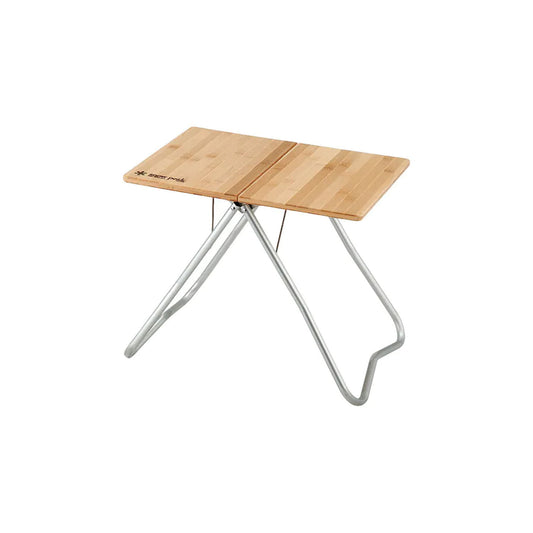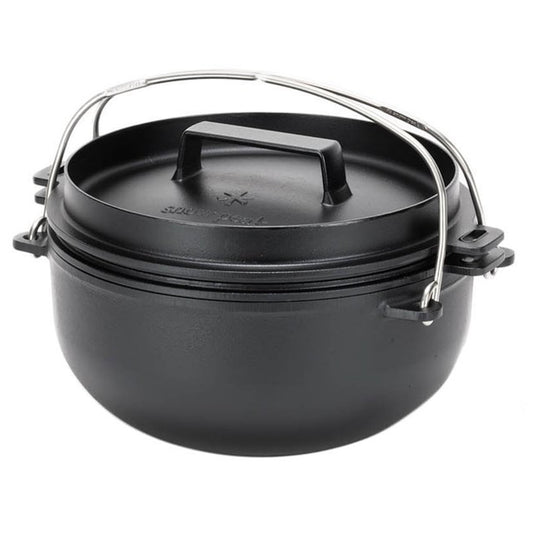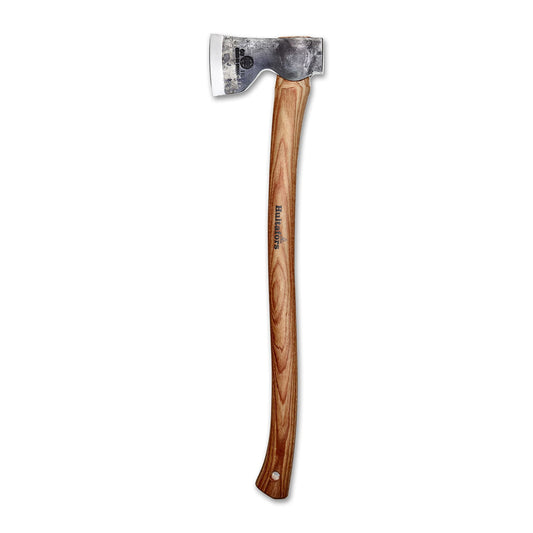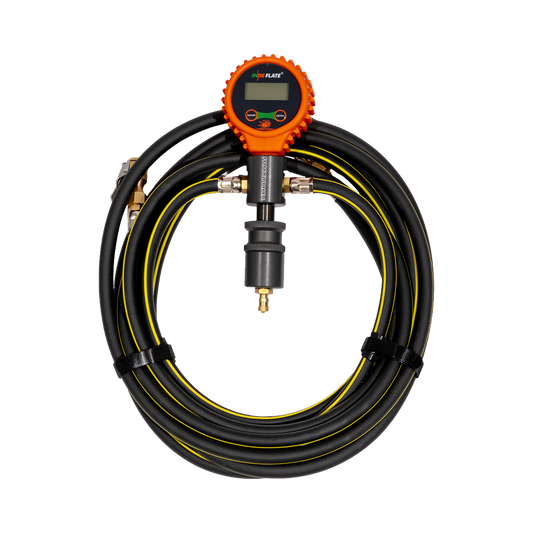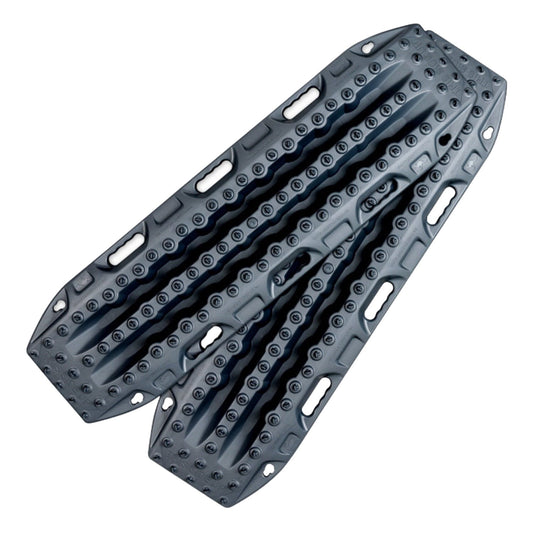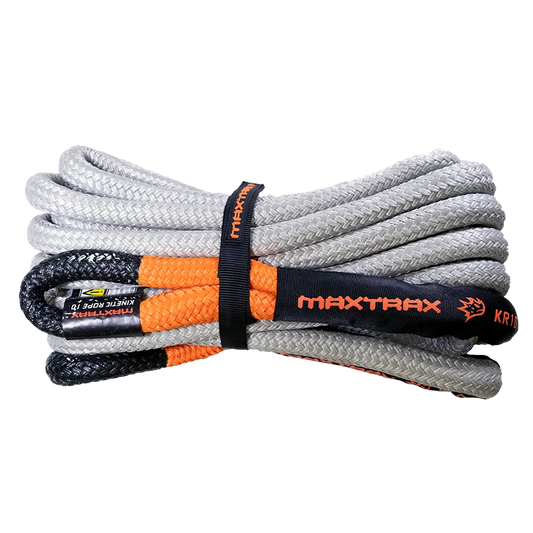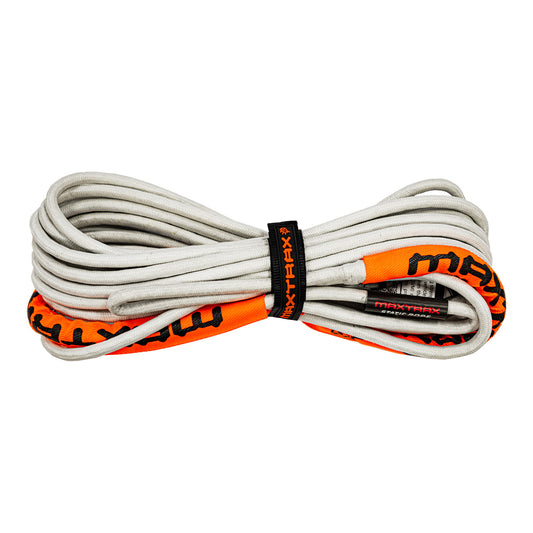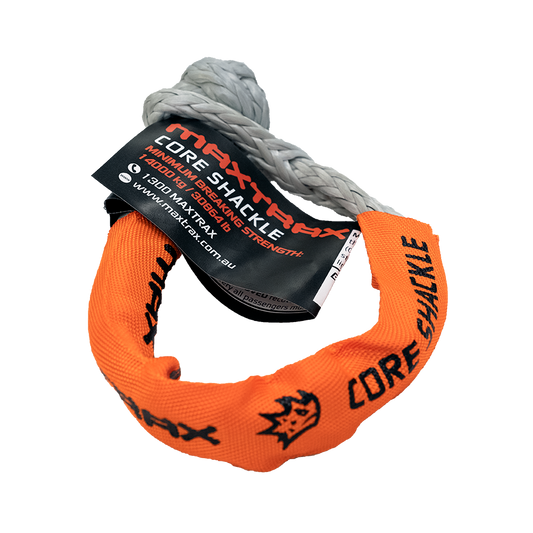
There have been some incredible innovations in the 4×4 industry over the past two decades. Still, when X-Bar debuted, its design seemed so logical it was surprising that many of the features were not already standard in the industry.

Rated Recovery Points
With a growing demand for products that have better safety performance, the introduction of the X-Bar from Hayman Reese with rated recovery points was a timely new addition to the market.

While traditional towbar ratings are for towing, they have no rating for recovery. They are strong, and historically they have been the only option, but the design scope does not consider the impact of dynamic loading during recoveries.

The Hayman Reese X-Bar is compliant to the Australian Design Rules (ADR) relating to towbars and integrates three recovery points tested in National Association of Testing Authorities (NATA) accredited facilities.
The central recovery point rating is 8,000kg, and the side recovery points rating is 4,000kg each. To achieve these ratings from an engineering perspective the bar is more substantial, the attaching side plates are thicker, and the mounting bolts are Australian Standard (AS) grade 10.9 fasteners.

The points are easily accessible and roomy for connections. From more common dynamic or snatch recoveries and winch anchor points to sideways pulls were vehicles may have slipped into awkward positions, these three recovery points give plenty of sturdy anchor options.

The recovery point openings are large and smooth-edged. They also protrude enough for there to be minimal chance of the recovery rope/snatch strap, bridle or winch line to come in contact with the vehicle.
Being large, easy to access and brightly coloured makes the points especially useful for timely recoveries like water crossings. Almost anybody should be able to make the connection to a strong point.

Improved Departure Angle
4x4s regularly get hung on the tow bar, and this is especially true for utes where the tray overhangs the rear axle further than most wagons.

The X-Bar is tucked higher and closer to the level of the chassis. It’s still usually a slightly lower point, making it a sturdy point if the vehicle scrapes, but it’s less likely that anything will hit compare to more traditional bars.

If the supplied tow hitch doesn’t get low enough for towing more on-road gear like caravans and boats, there are several hitches available to ensure the tow ball still sits at the required height.
The ADR compliance covers a 50mm lift from tyres or suspension and is suitable for most common GVM upgrades.


Connection Cover
To improve daily driving aesthetics and more importantly to keep connections like trailer lights, brakes, camper power or 4×4 solar inlets a bit cleaner, the X-Bar has a spring-loaded cover. This cover sits open when towing and in the closed position between trips.



X-Bar Vehicle Compatibility
You might have seen the X-Bar on plenty of 79 Series LandCruisers, but if you’re curious, there is a growing range of bars available. Most of the new popular cab-chassis utes are now also covered and more recently most of the popular ute body vehicles including the ever-popular Hilux, Ranger and D-Max have options available too.

We headed out with our buddy Matt and his Hilux to have a close look at the newest X-Bar. It fitted the Hilux neatly, and the recovery points are well located and are a great size, making them easy to use.

Learn More
For more technical information and the full list of available vehicles visit X-Bar.



